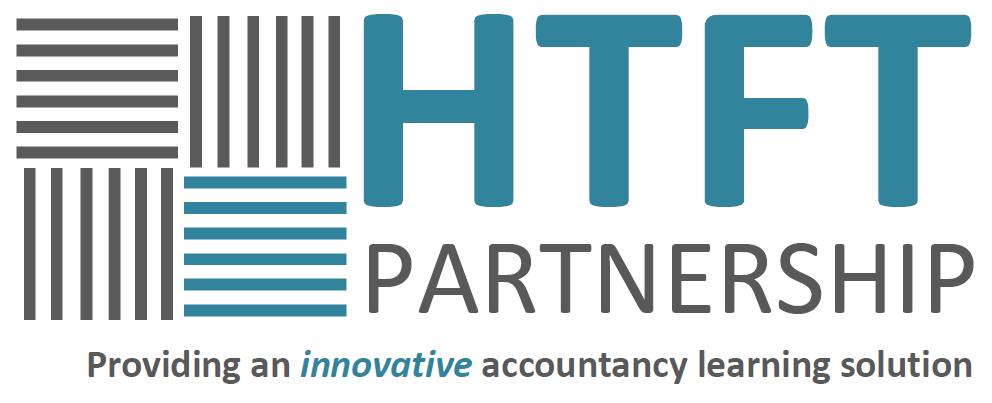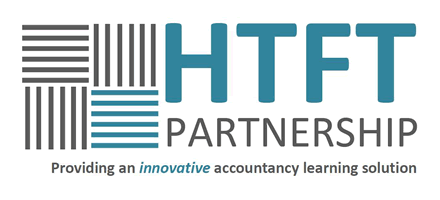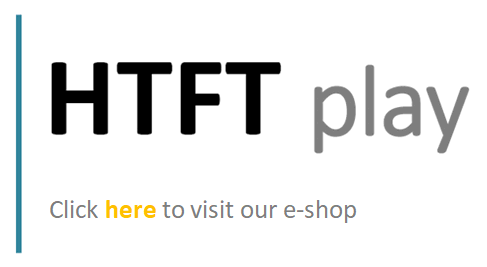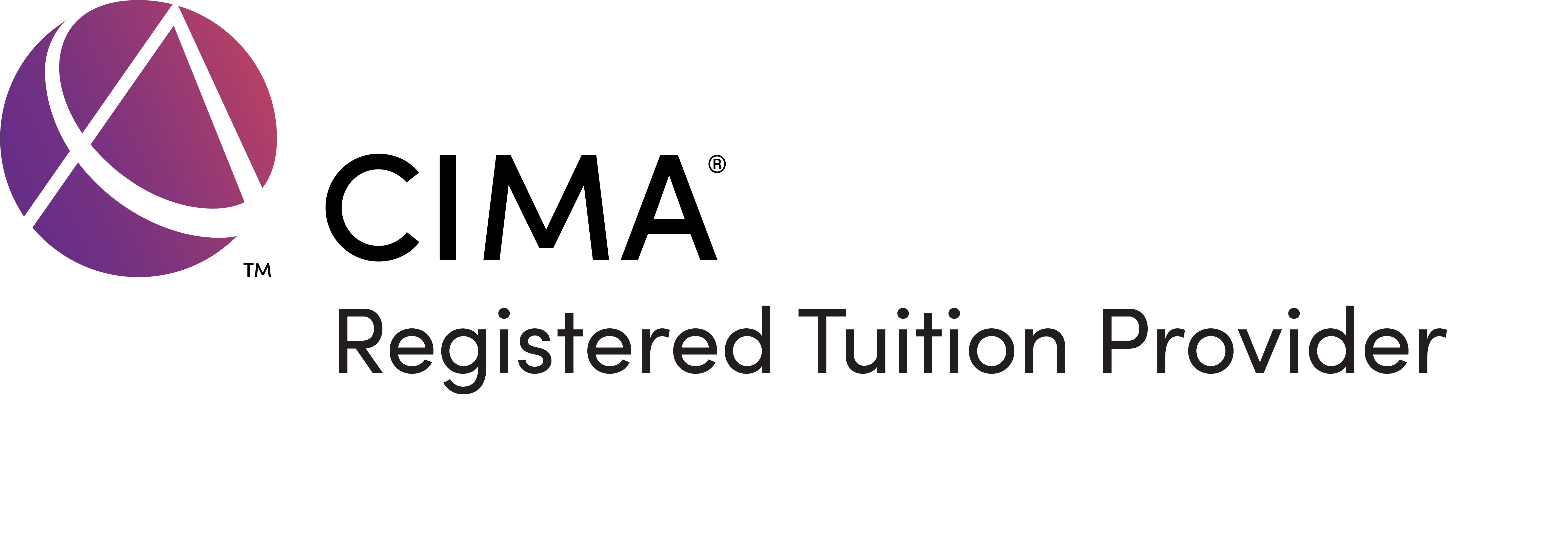Flipping the classroom - using video to reinvent accountancy education
Dec 15, 2014
Share This
I trained my first accountants back in 1992. I was given a textbook and two whiteboard markers and thus my passion for training began. I quickly introduced the use of the ‘acetate roll’ and the overhead projector to my local college and smile when I think of how ‘leading edge’ I was considered!
Technology has moved a long way since then … though the overhead projector is remembered fondly the use of desktop sharing, tablets with stylus and the capture facility are serious enhancements to the student experience.
Course structures in accountancy training, however, have remained largely unchanged since the 1990’s with little attempt to match the structure to the capability of the technology. Block, weekend or evening tuition, repeat for revision are very much operating a 1990’s structure, with the technology simply being an ‘add on’.
And yet… technology can bring so much more. This TED talk from Salman Khan really opened my eyes to the potential and I knew it was exactly what we needed in accountancy training. I couldn’t recommend this talk more highly: Khan Academy
When he said ‘the very first time you try to get your brain around a new concept the last thing you need is another human being saying ‘do you understand this?’’ I found myself nodding in agreement.
So at HTFT as a new training organising that began in 2013 we started to introduce the flipped classroom. I just received a text from the 26th student to have taken the CIMA C02 exam with me, using my flipped classroom and that is 26/26 first time passes.
The ‘one size fits all’ lecture is not relevant to the modern training environment. With the ‘flipped classroom’ we assign lectures for homework and what is traditionally set as homework we do together during our master classes.
The new CIMA 2015 syllabus is a radical and brave change. Technology is fully embraced by the professional body with the end of the paper-based exam. The 70% pass mark means the traditional approach to study is no longer fit for purpose’. Students will need to master the subjects. The interactive case study is based on the three underpinning subjects – again the students need to have ‘mastered’ the syllabus. The traditional approach to course structures and lecture plans does not encourage or expect mastering. You move on, along with the rest of the class because the tutor has a lot to get through. I encourage all CIMA 2015 tutors to considering ‘flipping their classrooms’… It really is flipping amazing.





